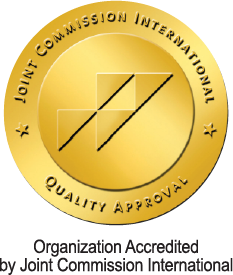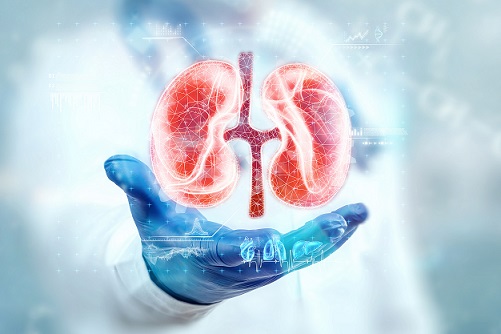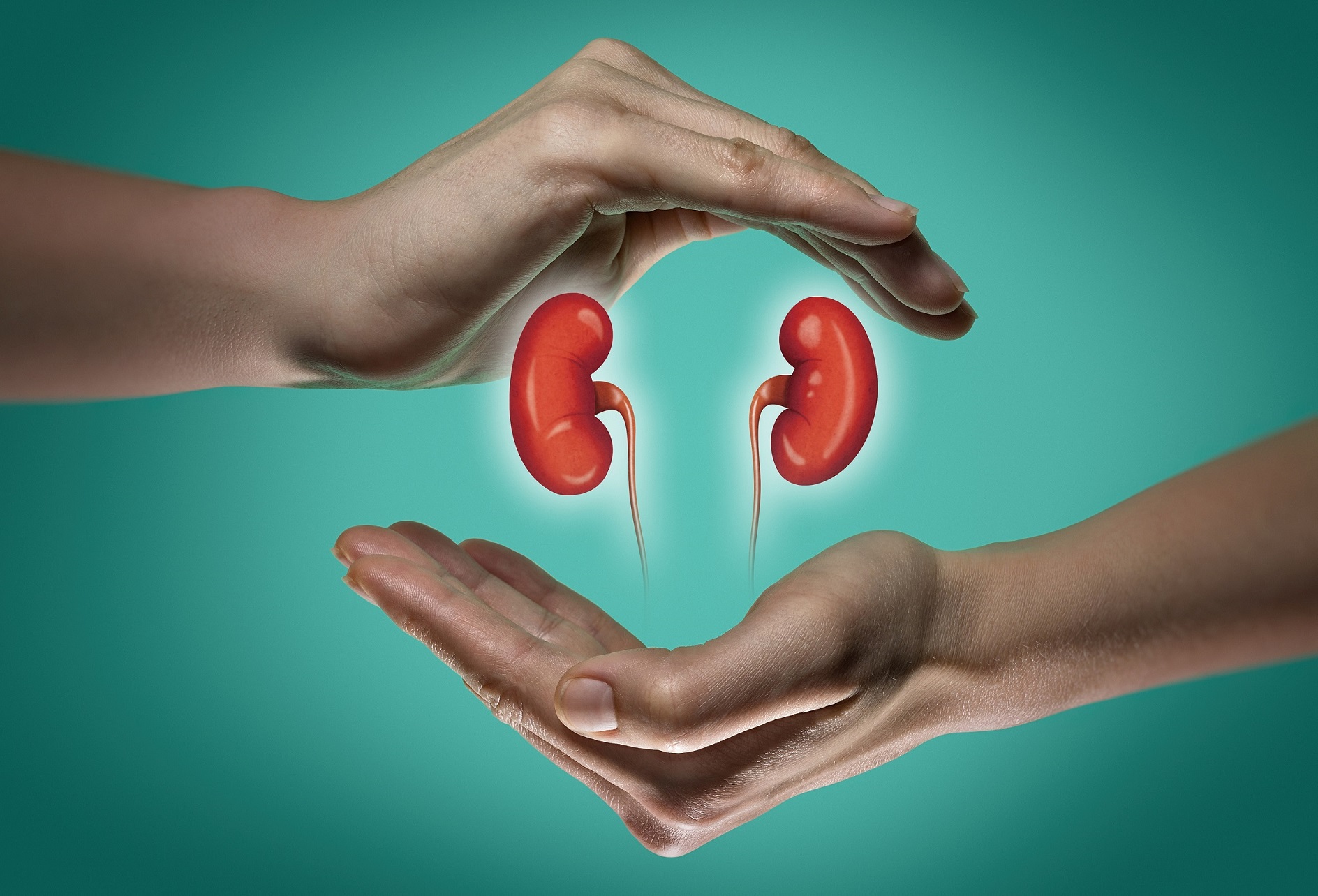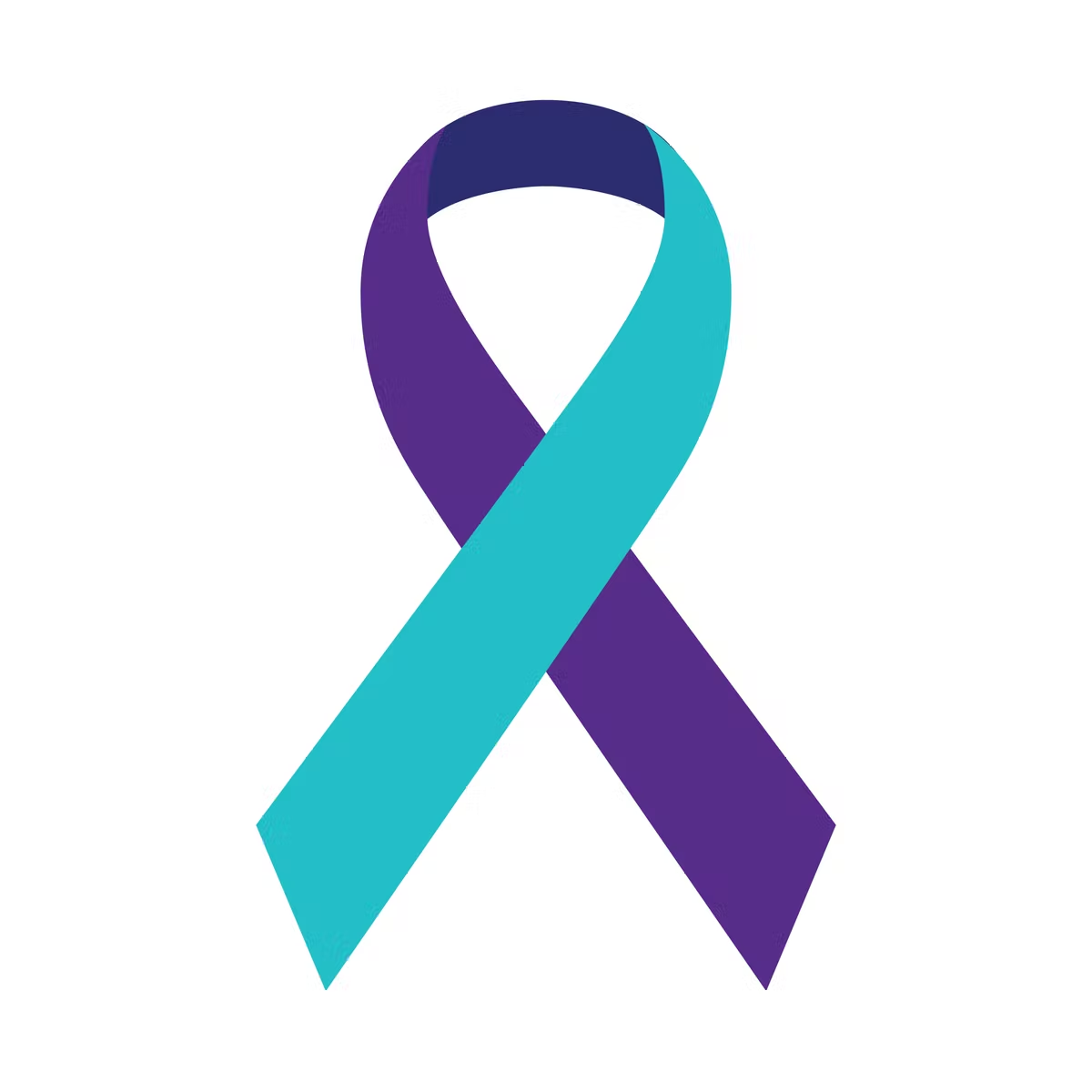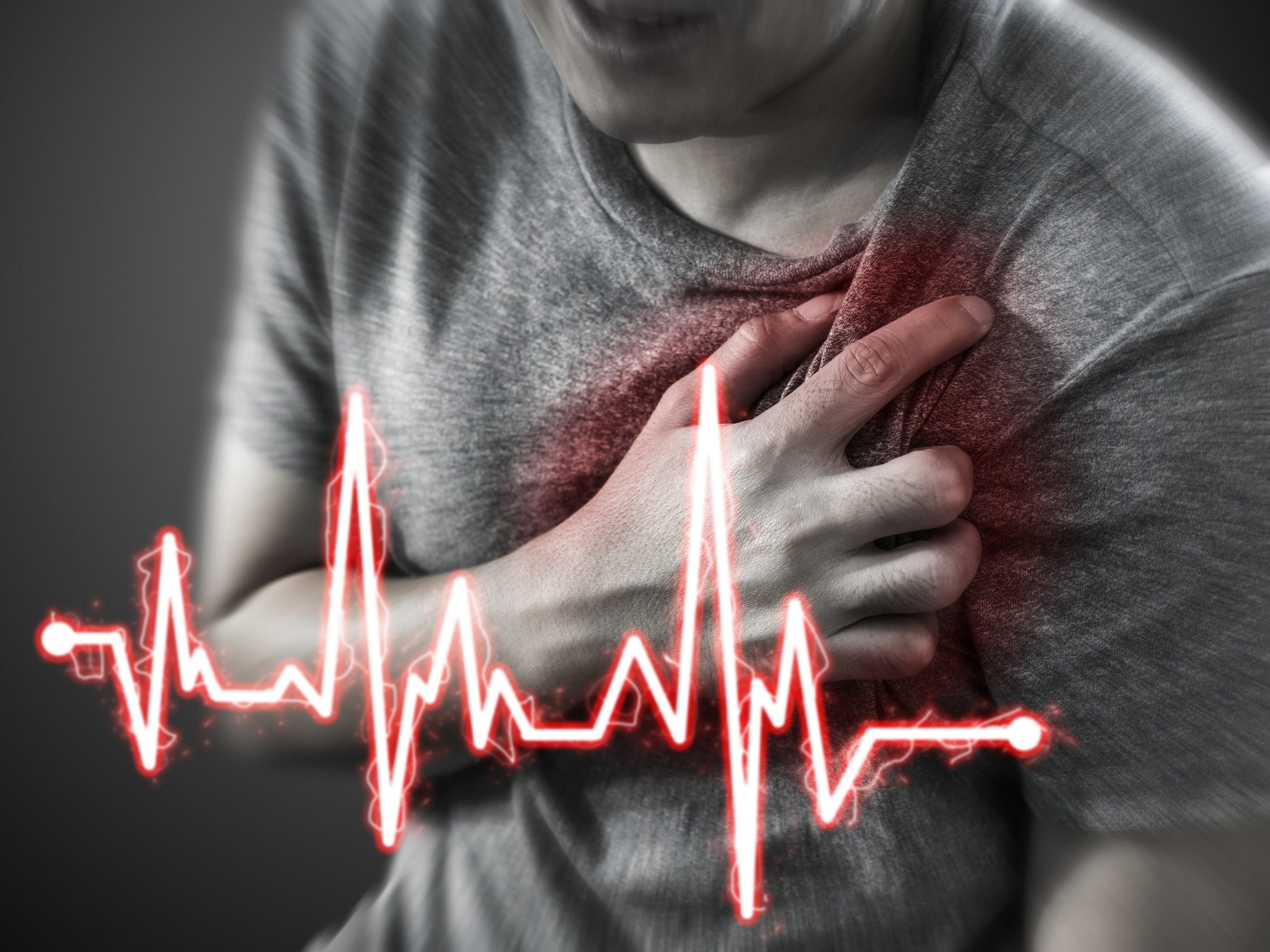Strokes are medical emergencies due to interruption of blood supply in the brain. It can be due to blockage of the blood vessels or rupture of it but not from any traumatic cause.
Brain has different unique parts for different specific functions. Clinical features are depending on which part of the brain is involved in stroke. Think the word F-A-S-T. F -for facial drooping or weakness, A- for any arm weakness, S- for speech problem, T – for time, don’t waste time. Immediately rush to a hospital having stroke treatment facility.
Stroke may be present as sudden Confusion, difficulty in understanding speech, dizziness, unsteadiness, problem in vision and rarely loss of consciousness.
Types of strokes
Stroke may be Ischemic (85% of cases) and hemorrhagic (15% of cases). Treatment is totally different in Ischemic and in Hemorrhagic case.
Sometimes the weakness or deficit does not persist for 24 hours. Then it is called TIA (transient ischemic attack).
Causes of ischemic stroke
A fatty substance called plaque collects in our arteries and narrows them. This process is called atherosclerosis, and it slows the flow of blood. When this Plaque breaks off and lots of cells come to the rescue causing a clot and blocking blood flow through the artery.
Besides atherosclerosis, other things that can raise your chances of getting an ischemic stroke are:
- Atrial fibrillation
- Heart attack
- Problem with heart’s valves
- Injury to blood vessels in neck
- Blood clotting problem
What are the risk factors?
- Age – stroke risk is increased with increasing age.
- High blood pressure –
- Irregular heartbeat
- Diabetes mellitus
- Smoking
- Family history of Stroke
- Lack of physical exercise
Why time is important?
Stroke damages our brain cell. Dying cell can be saved if blood circulation can be restore. There is very little time to treat stroke by restoring circulation in feasible cases. So time is called brain in stroke. In stroke there are dead brain cell in the Centre surrounded by larger area of dying cell called ischemic penumbra.
This penumbra zone can be saved by intervention. Most common and available option is thrombolysis. We get 4.5 hours to save this penumbra zone from the time of onset of stroke if it is a ischemic one (85% is ischemic).
What to do if one has a stroke?
Before reaching to Hospital Ensure breathing. Face should be open. Clean the mouth if food material is present with in mouth. Make loose the clothing if it is tightly fitted. Loose the knot of necktie and belt if present
Keep the patient in horizontal position, Do not use any blood pressure medicine. Do not try to give any thing in mouth. Don’t try to continuously talking with the patient, only give reassurance of better outcomes in hospital.
If there is no pulse in any limb and in neck and BP is not recordable with loss of consciousness, then live-saving measure CPR should be given. Press over lower middle part of the chest forcefully 6 times in 5 seconds followed by once mouth-to-mouth breathing by blowing air as much as possible. Repeat this till the pulse comes back. It should be done on the way before reaching the hospital if required.
What happened if stroke is not treated early?
Following may be the results.
Permanent weakness of the limbs. Permanent problem in forming and understanding of speech. Persistent problem in vision and Seizure in future.
Hemorrhagic stroke
Hemorrhagic stroke can be Subarachnoid and intracerebral. Subarachnoid hemorrhage usually occurs due to rupture of an aneurism (abnormally dilated part of the blood vessel due to developmental defect). Intracerebral hemorrhage usually results from complicated hypertension. Subarachnoid hemorrhage is present as sudden onset of very severe headache, with vomiting consciousness may be lost.
Intracerebral hemorrhage presented with moderate to severe headache with acute weakness of face with or without limbs weakness, disorientation to unconsciousness.
Surgery in stroke
If ischemic part of the brain is very large and causing pressure by brain swelling with edema then decompressive craniectomy (part of the skull bone is removed temporarily for giving space for swelled brain) is done to save the life.
Massive intracerebral hematoma can cause pressure effect like massive stroke and decompressive craniectomy is done to save life.
Physiotherapy and rehabilitation
Physiotherapy and occupational therapy is essential for better outcome after stroke. Maximum improvement can be achieved with one month after stroke. Up to 3 months significant physical improvement can be possible if rehabilitation therapy can be ensured.
Anxiety, depression, anger control problem, agitation, inadequate sleep is common in post stroke states in survivors. Proper medication is needed to combat this situation.
Dr. Khandker Mahbubar Rahman
Senior Consultant & Coordinator
Department: Neurology

